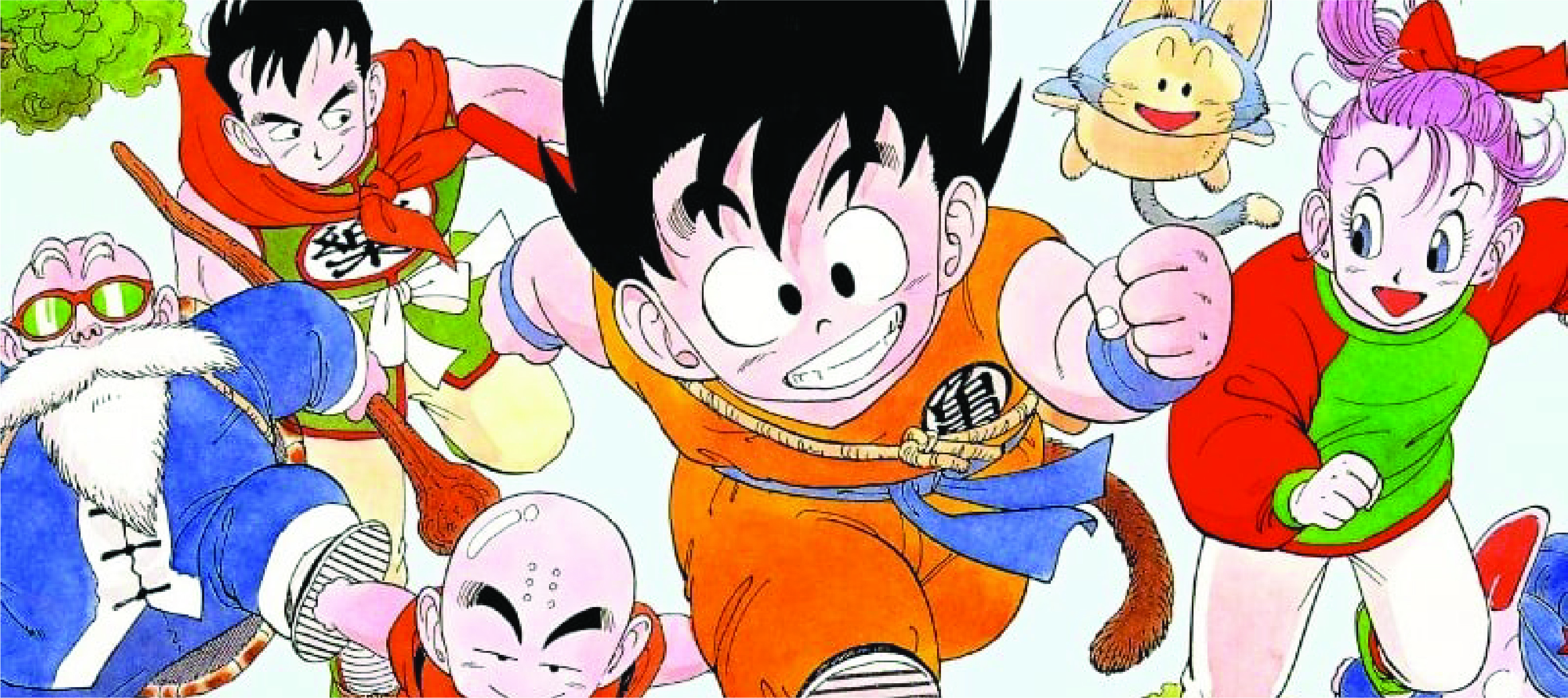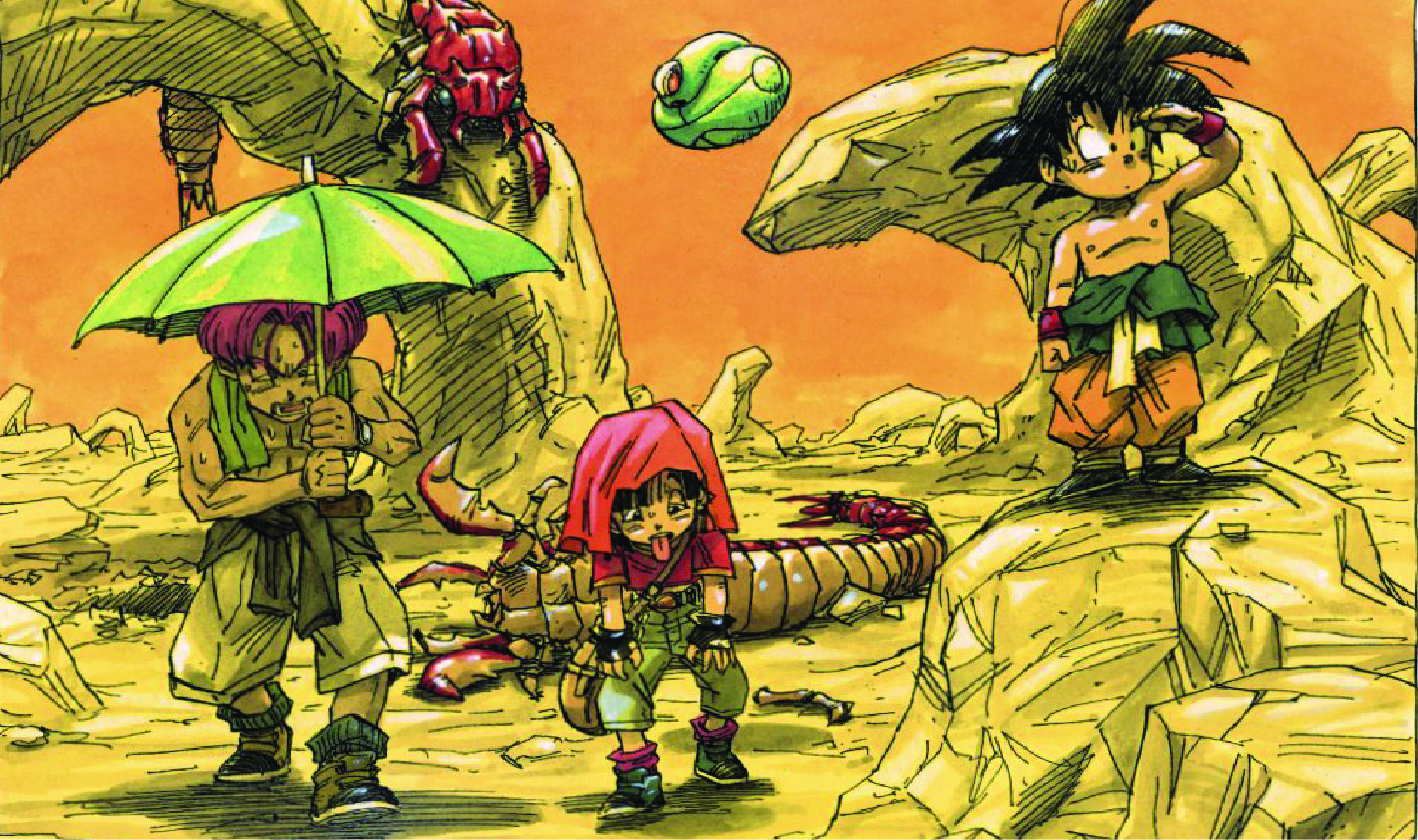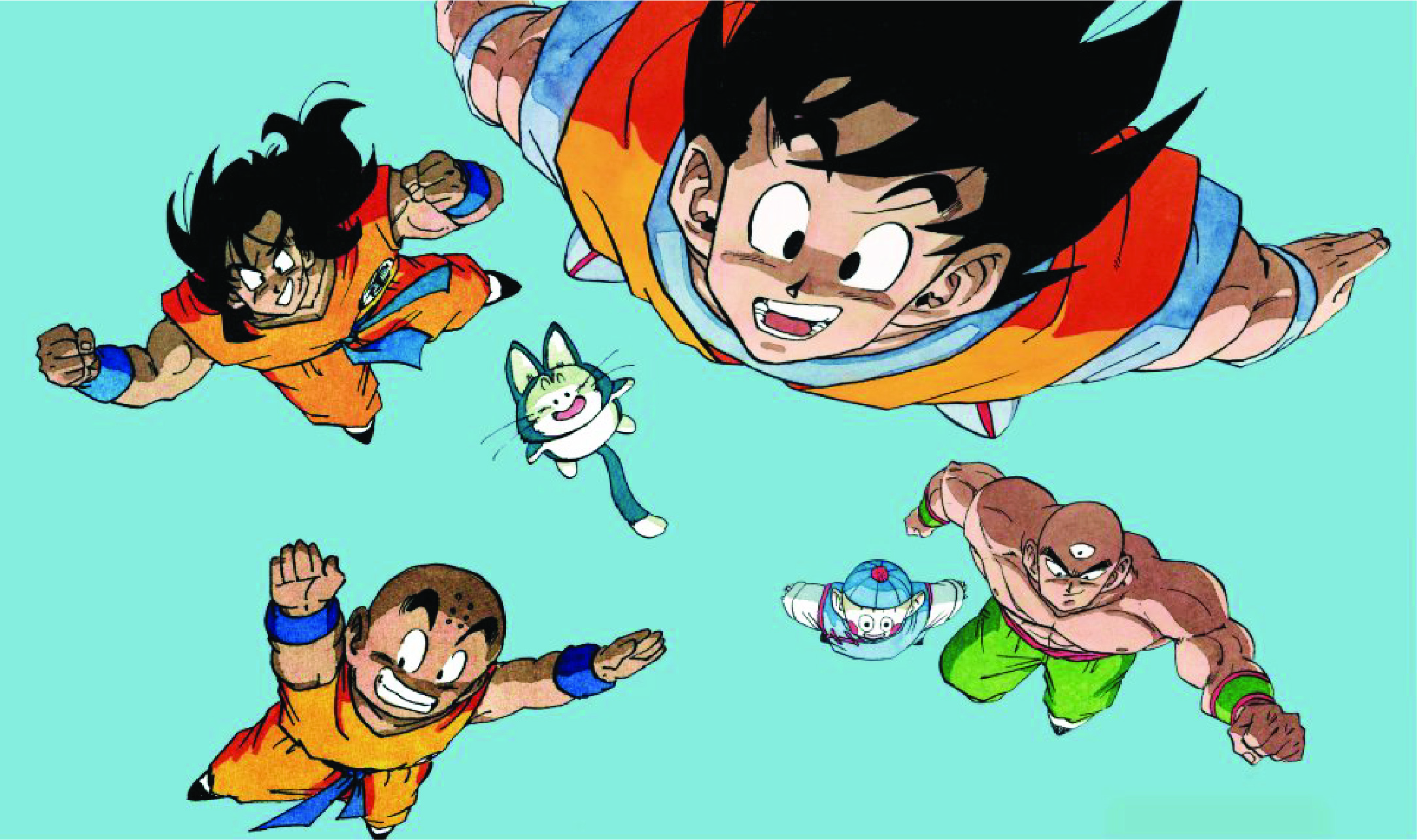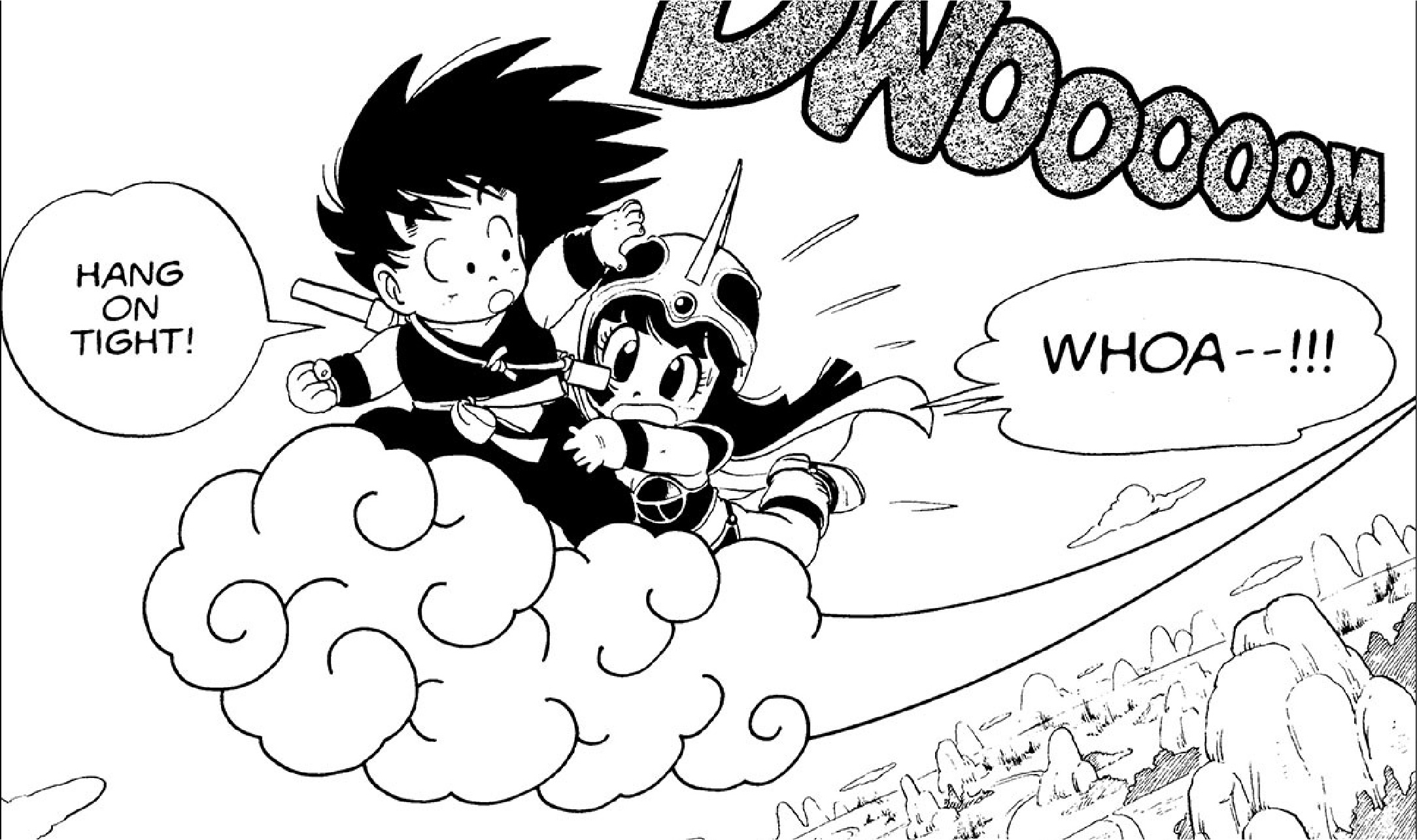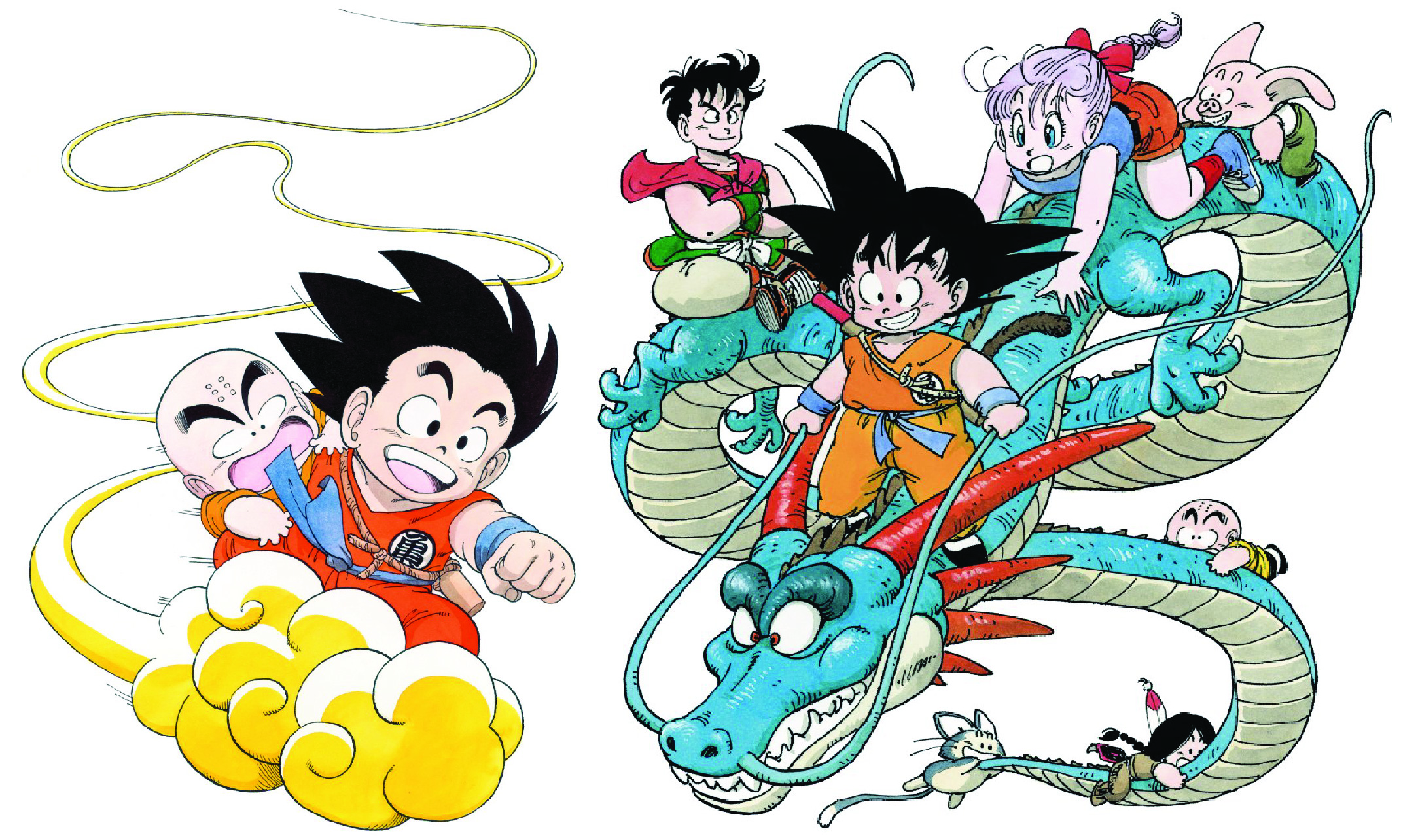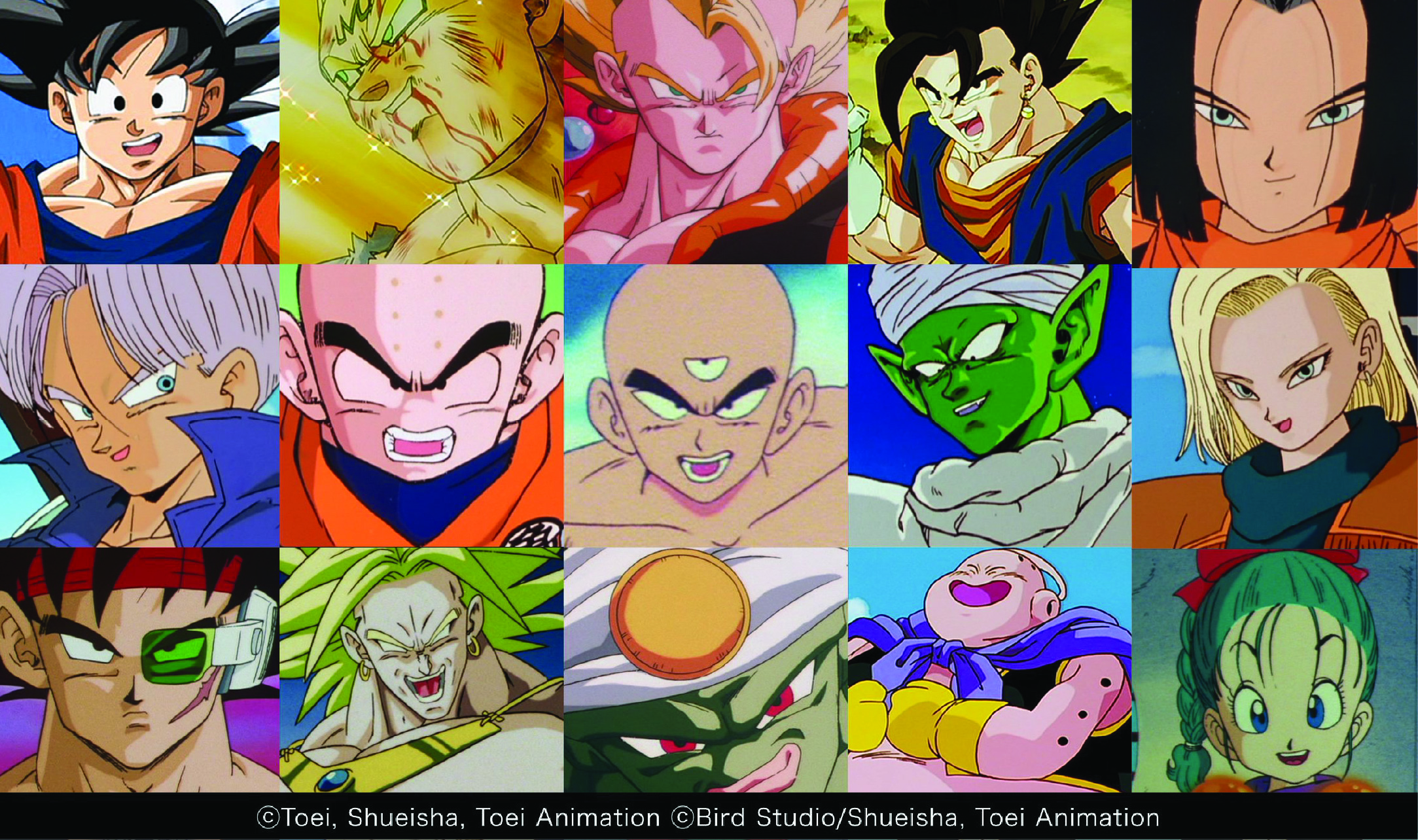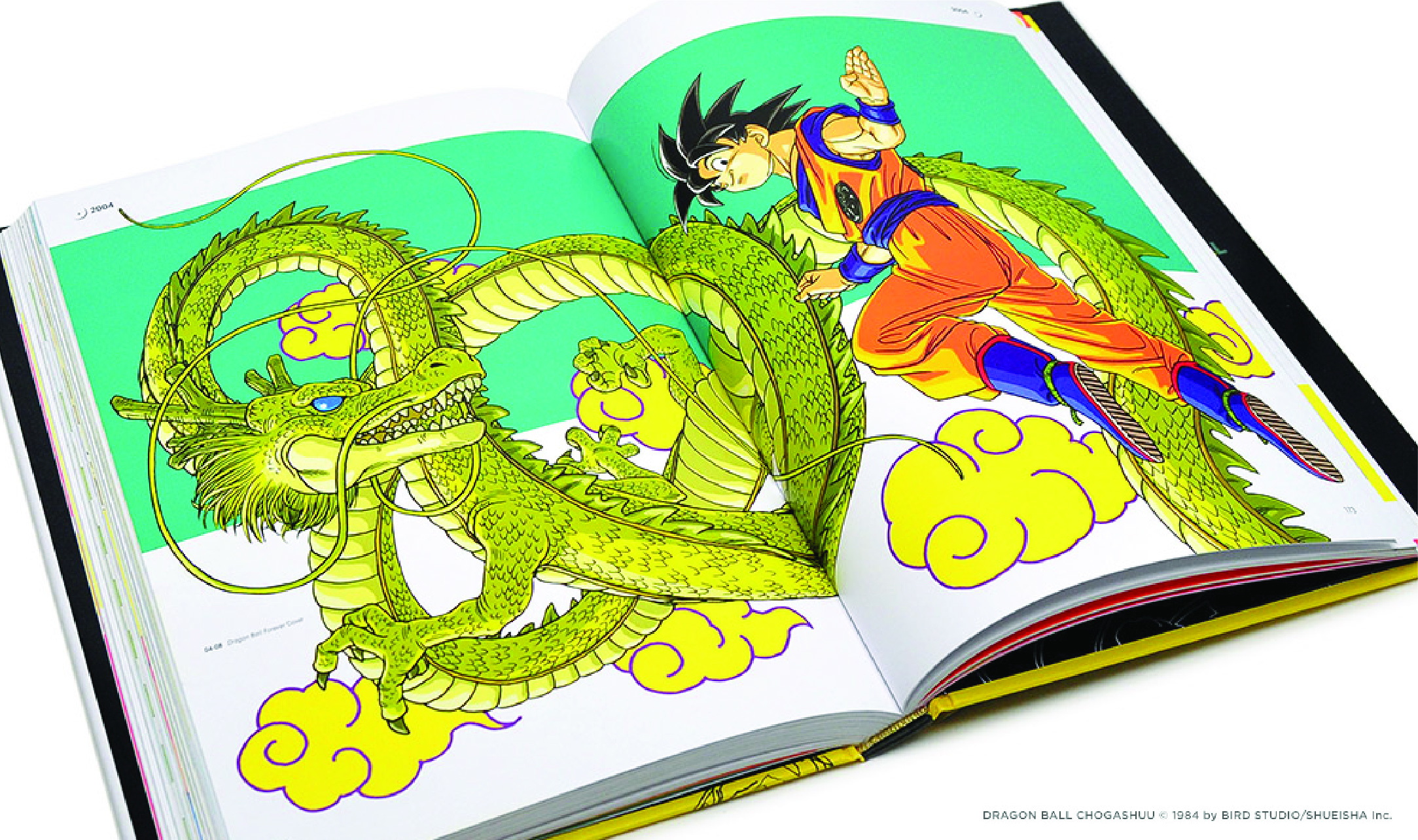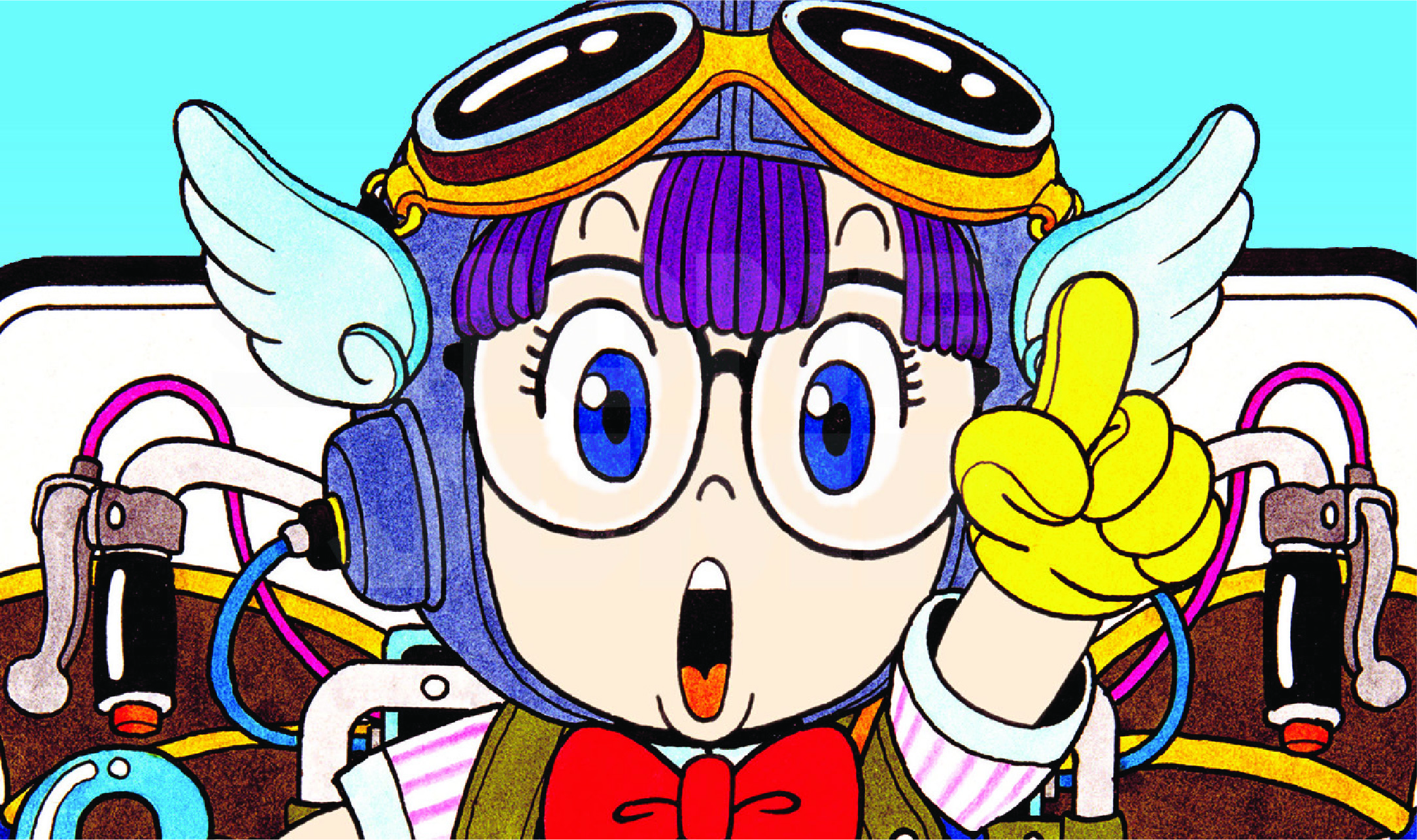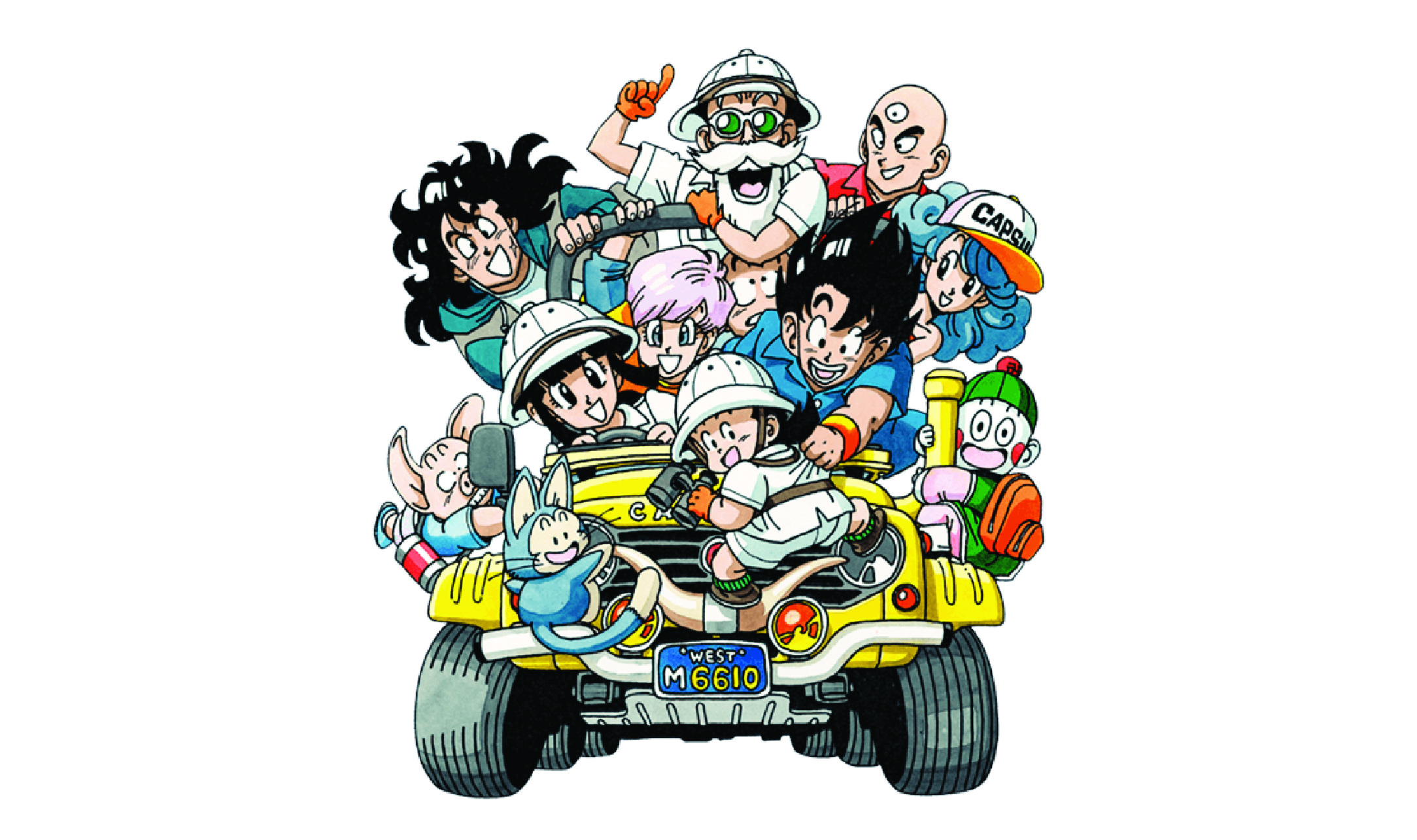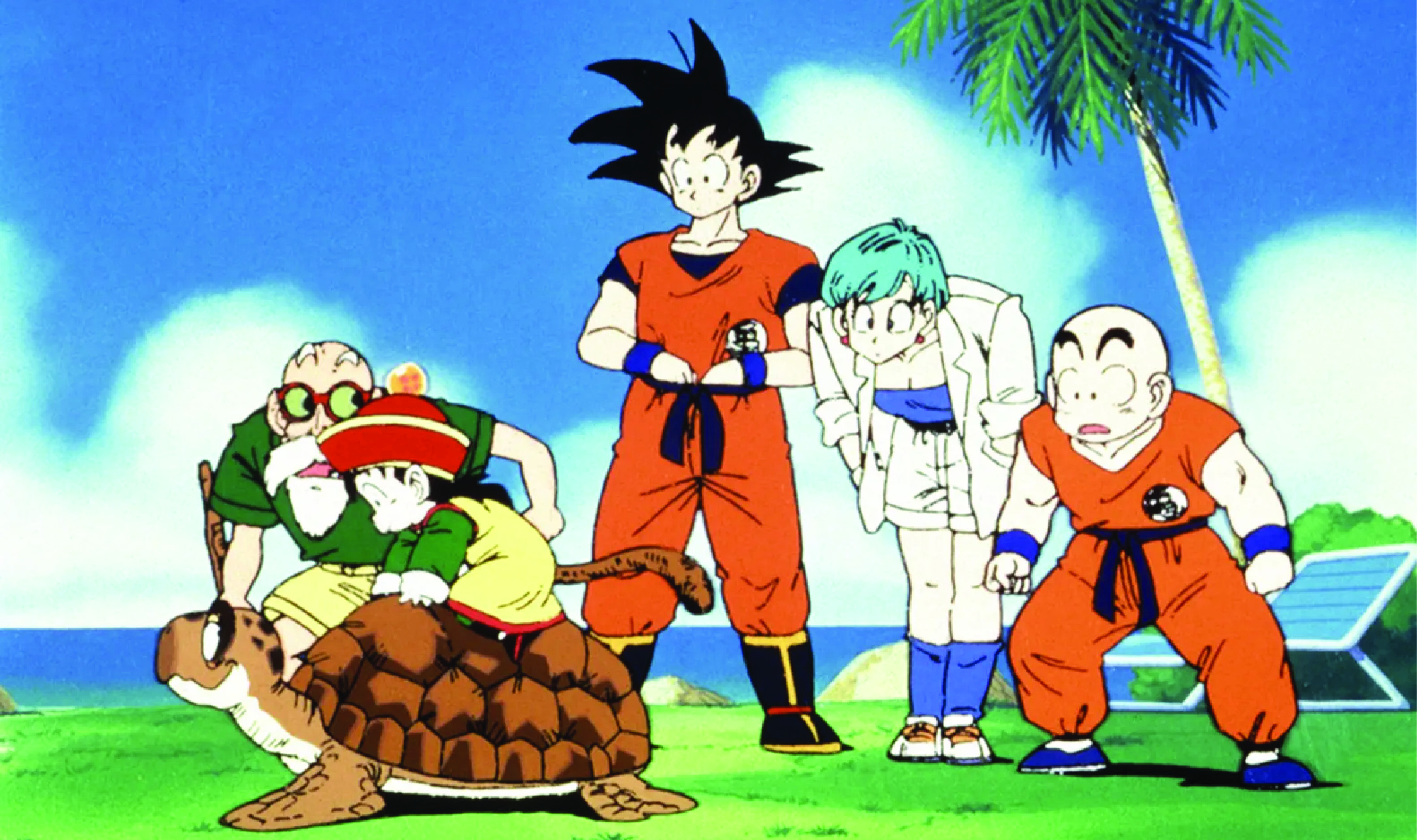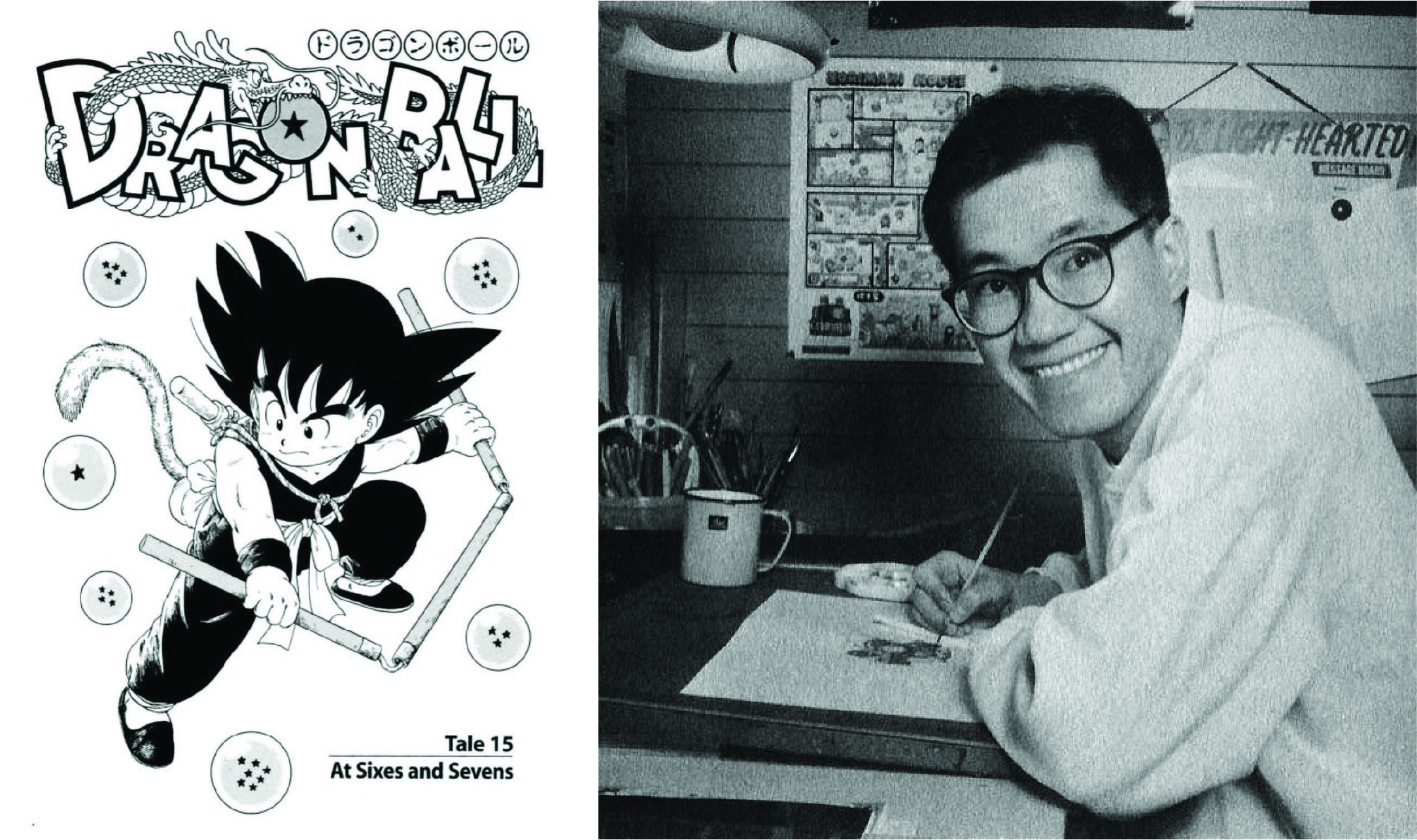Akira Toriyama and His Influence on Pop Culture
March began with somber news from the manga world. Akira Toriama, creator of the Japanese manga series Dragon Ball, passed away at the age of 68 last March 1, 2024. Through statements on social media, Bird Studio wrote that Toriyama succumbed to acute subdural hematoma. Following that official statement, condolences and tributes began to emerge in huge from Dragon Ball fans to fellow manga-ka (manga creators). How could they not? Akira Toriyama is a legendary figure in the world of manga who has passed down an immense body of work that has influenced both global pop culture as well as everyday life of the greater public. Watching Goku’s story unfold in Dragon Ball on the television has itself become a ritual when one comes home from school or on holidays for the young generation who grew up at the turn of the millennium.
Born on April 5, 1955, in Nagoya, Japan, Akira Toriyama’s journey to becoming one of the most influential figures in the world of manga began with his love of drawing. He received wide acclaim as a manga-ka after creating Dr.Slump, a comedy sci-fi series, in 1980. From the success of Dr.Slump, Toriyama established his own studio in 1983 by the name of Bird Studio. In that same year, he created two new mangas, Dragon Boy and The Adventures of Tongpoo, which served as prototypes for his next manga series, Dragon Ball. The Dragon Ball series was then born and marked the golden age of the Weekly Shonen Jump magazine, which sits at the center of the manga world. The success of Dragon Ball pushed Toriyama to keep working on the series from 1984 all the way until 1995. Aside from Dr.Slump and Dragon Ball, Toriyama also wrote Toriyama Akira no Hetappi Manga Kenkyūjo (English: lit. Akira Toriyama's Clumsy Manga Laboratories) with Akira Sakuma, which was published through Fresh Jump in October, 1982 through to March, 1984. Toriyama's distinct line strokes and design flair also got him invited to design the characters for the game series Dragon Quest, popular since 1986, as well as its anime adaptation in 1989.
In his creative journey as a manga-ka, Akira Toriyama has adapted many classics. Toriyama’s designs are themselves influenced by the works of Walt Disney as well as the animated series, Astro Boy by Osamu Tezuka. After elementary school, Toriyama’s library of visual references began to be influenced by Western films in the genre of science fiction as well as war films. Vehicles also became a point of reference for the design of the Dragon Ball manga. Recently, the Instagram account @carvintage explained that Toriyama is known for his design of classic and futuristic vehicles in his manga. “His designs often feature sleek, aerodynamic shapes and advanced technology, reflecting his unique artistic style,” @carvintage writes. One of the most iconic vehicle designs by Toriyama is the Capsule Corp in Dragon Ball. Aside from that, there are also many eccentric vehicle designs in Dr.Slump that viewers can look out for.
Akira Toriyama lived as an inspiration to many. His departure has left grief in the hearts of many manga-ka in his wake who have placed Toriyama as a reference when creating their own works. The tributes to his work have been shared by many fellow manga-ka through official statements. Eiichiro Oda, the creator of the popular manga One Piece, wrote, “The thought of never seeing [Toriyama] again fills me with sadness. I’ve admired you so much since I was a child.” Oda added that Toriyama created an era where both adults and children could enjoy manga. His works proved that manga could be a global sensation. For Oda, the influence of Dragon Ball was not only felt by fellow manga-ka, but also practitioners in a variety of creative industries. Oda stated that Toriyama’s works accompanied each step in his creative process as a member of the new generation of manga-ka. “For manga artists of my generation who have stood on the same stage, the closer I got to Toriyama’s works, the more I realized they had a greater presence,” Oda expressed. The influence of Toriyama on the One Piece manga by Eiichiro Oda was quite significant. Oda himself took inspiration from Dragon Ball’s Goku when designing his own protagonist, Monkey D. Luffy. In his condolences, Oda also reminisced on his collaborations with Toriyama like Dream 9 Toriko x One Piece x Dragon Ball Z Super Collaboration Special.
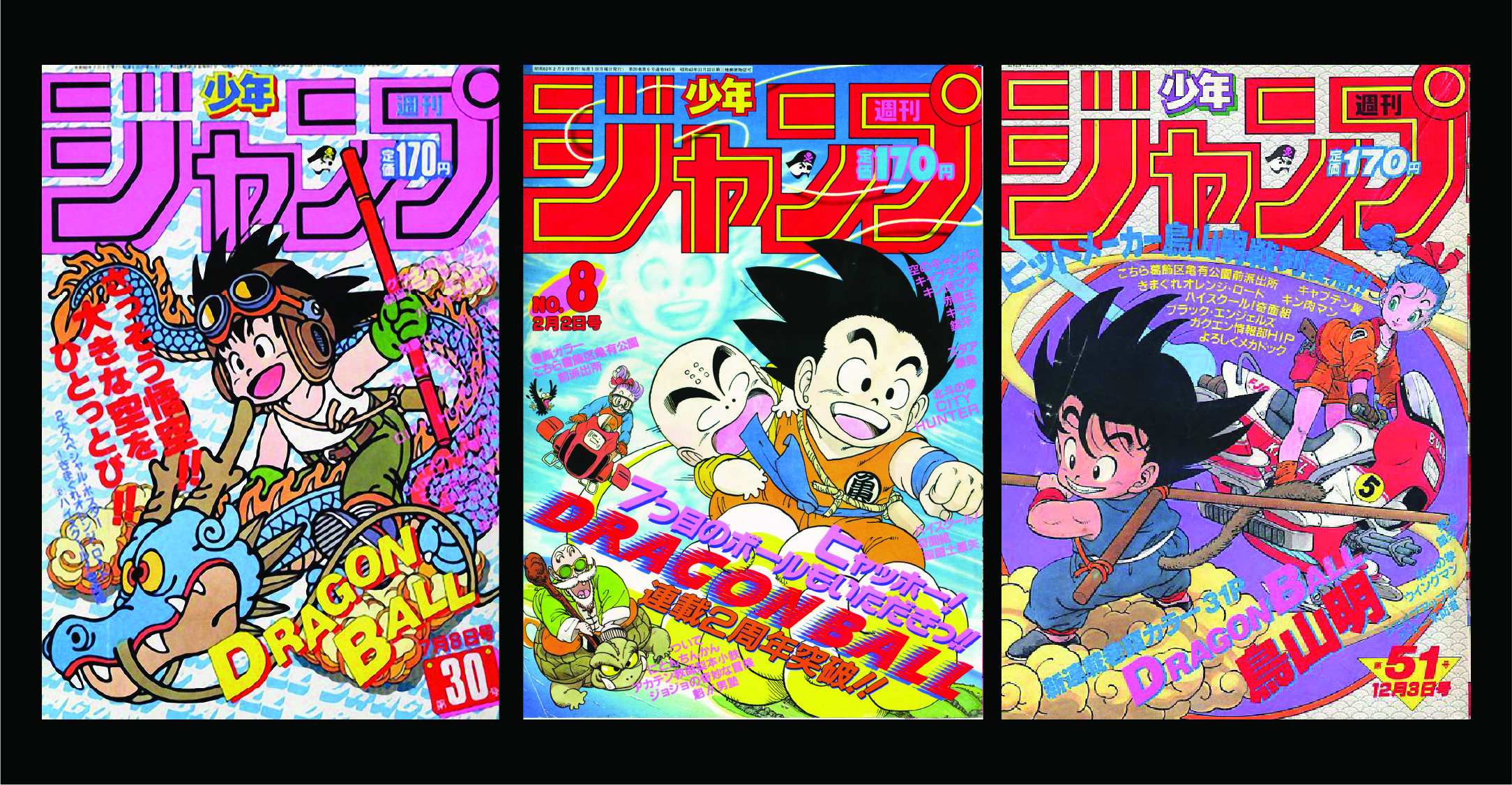
The same sense of loss was also felt by Masashi Kishimoto, the creator of the manga series Naruto. In his official condolences for Toriyama, Kishimoto wrote, “Honestly, I don’t know what to write or how to write about something so sudden. However, for now, I would like to express my thoughts and feelings to Toriyama-sensei, something I wish he would have asked me some day. I grew up with Dr.Slump in the lower grades of elementary school and Dragon Ball in the upper grades, and it was natural for me to have his manga next to me as part of my life.” Similarly to Luffy, Naruto’s character design was also inspired by Goku. The Naruto series also has similarities to Dragon Ball in its focus on martial arts, supernatural powers, and the narrative of a young man fighting to prove himself and protect those around him. Naruto and Dragon Ball also have similar themes of friendship and a coming of age. In his statement, Kishimoto also tells the story of how Toriyama has influenced his dream of becoming a manga-ka.
Not limited to One Piece or Naruto, many anime series of the current generation also paid tribute to Toriyama’s works through dialogues and character references. One such example is in Jujutsu Kaisen which airs on Netflix, when the character Itadori Yuji references a few legendary moves in the manga when training with Gojo Satoru. “I wanted to pull off a Spirit Gun, Bankai, Rasengan, Dodon Ray. I wanted to fire off a Kamekameha,” says Itadori Yuji. That piece of dialogue references a move from Yu Yu Hakusho, Bleach, Naruto, and Dragon Ball. The character Vaccine Man in One-Punch Man also takes on a similarity to the Namekians in Dragon Ball. Vaccine Man is also voiced by the same voice actor that voiced Piccolo Christopher Sabat.
Without Toriyama's works, it's no exaggeration to say that anime would not be at the point of global submission it has achieved today. Dragon Ball has become a hit series in Japan. However, its biggest contribution is introducing manga to an international audience with its popularity that surpasses the limits of age, gender, generations, and even social class. The name Dragon Ball began to soar across the global scale following its airing during the Toonami program on Cartoon Network. This program contributed to popularizing anime in western markets. The arrival of Dragon Ball in Toonami opened the doors for following anime series to gain a seat at the table and recognition on the stage of global pop culture, as well as leaving a lasting impression in the world of entertainment. In the industry of manga and anime series, the impact of Toriyama continues to grow in global pop culture showcased in instances like professional athletes like Fred Warmner who mentioned the Super Saiyan method when interviewed by NBC. Super Saiyan was also featured in a joke written into the script of an episode of Saturday Night Live and it was also dropped as part of the lyrics in Big Sean’s song, "Paradise": “I hit the booth and I just went Super Saiyan”. Yasushi Yamaguchi, the main creator of Sonic the Hedgehog 2, also shared illustrations that portray Super Sonic with the same pose as Goku when undergoing the Super Saiyan transformation in Dragon Ball Z, showcasing the clear impact of Toriyama’s works on the character. Yamaguchi also previously mentioned that the relationship between Sonic and Tails was inspired by Piccolo and Gohan in Dragon Ball Z.
The creativity of Akira Toriyama and his visionary works have evolved the world of manga, leaving behind an eternal legacy that will continue impacting pop culture. Although Toriyama is no longer with us, his works will live on and continue to inspire generations to come.
